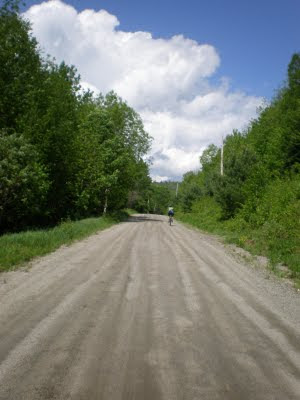How does it work? Through use of a wind turbine, wind energy is converted into a useful form of energy, like electricity. And like solar power, wind energy—in the form of residential wind turbines—offers homeowners a list of appealing benefits:
They’re clean- Small wind turbines use wind energy to produce emissions-free power. In fact, wind power actually offsets pollution that would have been generated by your utility company. (American Wind Energy Association)
They’re energy saving- One will require less electricity from the electric company because the energy generated from wind turbines will help to power home appliances.
They’re money saving- Wind power allows homeowners to generate their own power and reduce energy bills.
The American Wind Energy Association estimates that a small residential wind turbine can offset about 1.2 tons of air pollutants and 200 tons of greenhouse gases over its lifespan.
Residential wind turbines exist in at least 47 states in the U.S. The majority have been installed in the Northeast and Midwest. And we won't be far from the highest surface wind speed ever recorded.
We were thinking of installing a grid-connected system. This type of wind turbine would provide no power if there wasn’t enough wind to spin the blades. However, as wind speeds increase, the turbine power increases and decreases the amount of power purchased from a local utility. If the turbine were to ever produce more power than our house required, many local utility providers offer “net metering”—where additional electricity is sold to them. (Yep, we could theoretically sell our extra power to the utility company so other neighbors could use it!)
We researched the wind patterns in our area by using this interactive map. However, wind speeds vary greatly and it is suggested you get in touch with a professional to measure and evaluate the wind.

We contacted Solar Wind Electric—a company based in VT that specializes in renewable energy and sustainable living—for this service. A few weeks ago they came to our site to evaluate the wind speed. However, they requested that we take wind measurements on our lot over the next year to get a more accurate reading. According to the American Wind Energy Association:
In very hilly or mountainous areas, however, it may be best to collect wind data before purchasing a system to ensure that your site is not in a sheltered area.So, we wait.
If you’re thinking about installing a wind turbine, be sure to take advantage of the 30 percent federal tax credit available to small-wind consumers.






















